Current Location: Home > Media > Industry News > The Art of Selecting DIY Artificial Grass: For the Savvy Purchasing Agent
The Art of Selecting DIY Artificial Grass: For the Savvy Purchasing Agent
2023-08-08 11:23:00Welcome, savvy purchasing agents, to the AVG green side of procurement - the realm of DIY Artificial Grass! As industry veterans, you know that the right buying decision can make a significant difference in project success. But when it comes to selecting DIY Artificial Grass, where do you start?
In this comprehensive guide, we're going to dive deep into everything you need to know about choosing the perfect DIY Artificial Grass for your project. We'll kick off by brushing up on the basics, defining what artificial grass is, and why it's becoming a game-changer in landscaping.
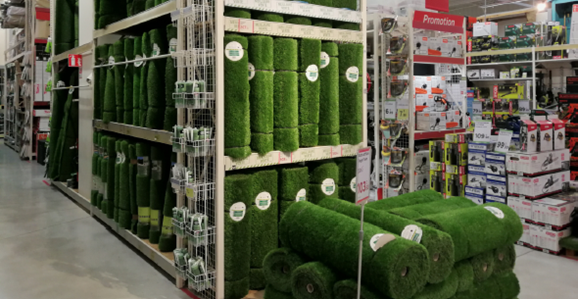
Choosing the Right DIY Artificial Grass: Dtex, Color, and Pile Height
When it comes to choosing the right DIY Artificial Grass for your specific needs, several factors play a crucial role in determining the most suitable type. Among these, Dtex, color, and pile height are key indicators of both quality and aesthetics.
1.Understanding Dtex
Dtex, an abbreviation for decitex, is a measurement that refers to the linear mass density of fibers. In simpler terms, it's the weight in grams of 10,000 meters of the fiber. Dtex is a critical factor when choosing DIY Artificial Grass as it directly correlates with the durability and longevity of the product.
A higher Dtex means the fiber is denser, and therefore, stronger. Denser fibers tend to withstand wear and tear better, making them more suitable for high-traffic areas such as playgrounds or commercial establishments. However, a high Dtex grass might feel a bit stiffer compared to lower Dtex grass. Balancing Dtex with the intended use of the space is essential to ensure both durability and comfort.
2.Selecting the Right Color
Color is another important factor when choosing DIY Artificial Grass. The goal here is to mimic the look of natural grass as closely as possible. Most artificial grass products come in a mix of shades, including green, olive, lime, and even brown, to give the grass a realistic and natural appearance.
While a lush, dark green might seem the obvious choice, consider that natural grass isn't uniformly colored. Opting for a variation of shades can lend a more authentic look to the artificial lawn. It's also important to consider the climate and environment where the grass will be installed. Some colors might blend better with certain landscapes and may be more resistant to fading under intense sunlight.
3.Picking the Appropriate Pile Height
The pile height, or the length of the grass blades from the backing to the tip, is the final crucial factor in selecting the right DIY Artificial Grass. Pile height influences the look and feel of the grass.
Shorter pile heights, around 20-30mm, often look neater and are easier to maintain,
How to Evaluate the Quality of DIY Artificial Grass?
Not all DIY Artificial Grass is created equal, and quality plays a vital role in its performance and lifespan. This segment will outline crucial quality indicators, such as yarn composition, backing materials, and drainage systems. Purchasing agents will learn to identify superior products that withstand heavy use and the elements, ensuring long-term satisfaction for clients and end-users.
Choosing DIY Artificial Grass is a significant investment, and as such, ensuring the quality of the product is paramount. But how can you tell high-quality artificial grass from its substandard counterparts? Here are a few factors to keep in mind when evaluating the quality of artificial grass.
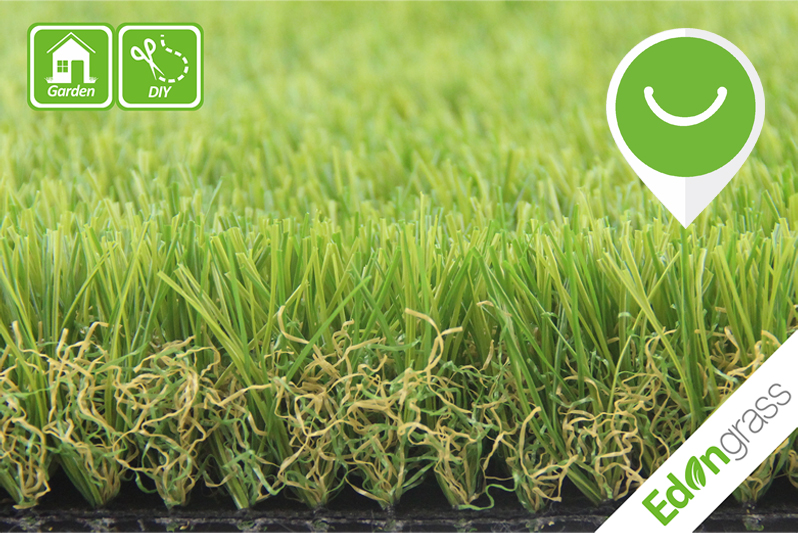 | 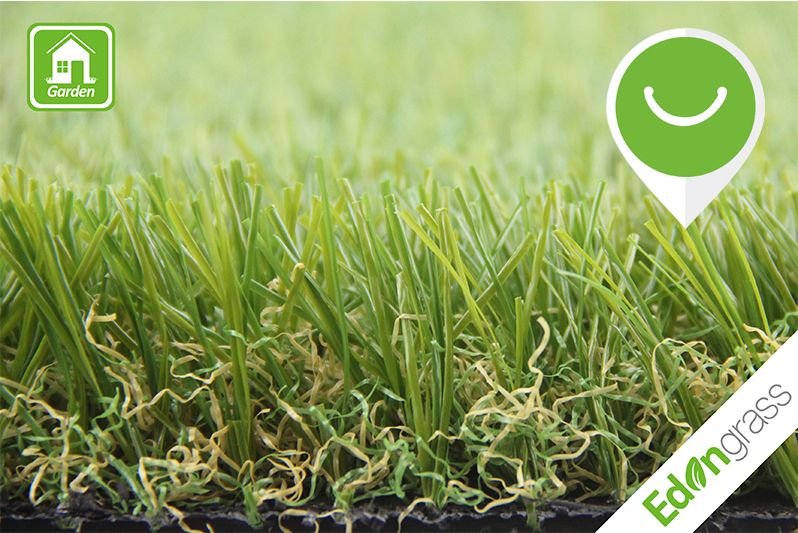 | 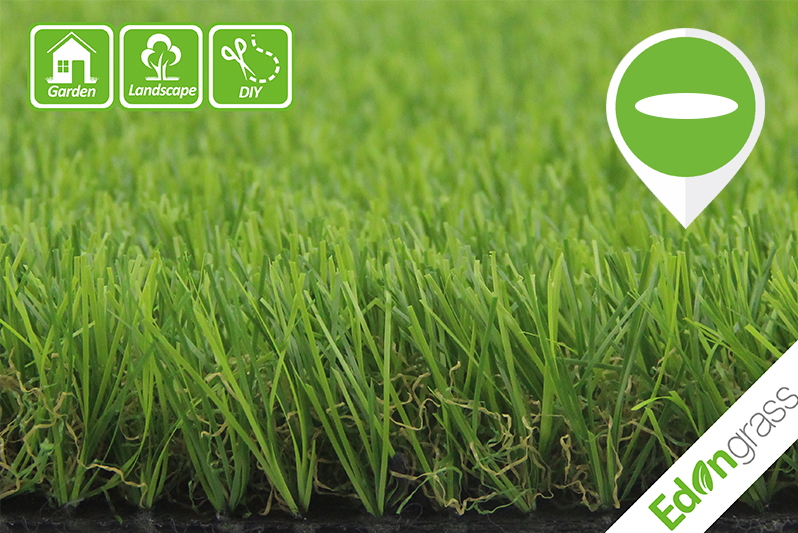 |
Classsic 108 | Classic 72 | Oasis 78 |
1.Examine the Yarn Type
The type of yarn or fiber used in artificial grass greatly affects its appearance, feel, and durability. High-quality artificial grass typically uses polyethylene, polypropylene, or a combination of both. Polyethylene is soft and flexible, giving the grass a realistic look and feel, while polypropylene is more robust and helps the grass withstand foot traffic and weather conditions.
In addition, look for grass blades that have a 'spine' or a slightly ridged effect as it adds resilience to the product. It helps the grass blades bounce back into place, retaining the lawn's lush look even with regular use.
2.Check the Stitch Rate
The stitch rate refers to the number of stitches per 250px linearly or per square meter. A higher stitch rate often means a denser and more durable grass surface. However, more stitches can also mean a higher cost. It's crucial to balance density with your budget and the intended use of the lawn.
3.Consider the Backing Material
Quality artificial grass has two layers of backing: primary and secondary. The primary backing is where the grass blades are stitched in, while the secondary backing, usually made of latex or polyurethane, provides additional stability and prevents the stitches from unraveling.
When evaluating the quality, check both the strength and permeability of the backing. A strong backing ensures the product's longevity, while good permeability allows water to drain through the grass, a crucial feature for outdoor installations.
Look at the Weight
Artificial grass products come in varying weights, including both the face weight (weight of the grass blades per square yard) and the total weight (weight of the grass blades and backing per square yard). A higher weight ofte.
Environmental Benefits of Choosing DIY Artificial Grass

In an era where sustainability is increasingly prioritized, DIY Artificial Grass offers numerous environmental advantages. This section will highlight how opting for artificial grass can contribute to water conservation, reduced chemical usage, and minimized carbon footprints. Purchasing agents will gain valuable insights into positioning artificial grass as an eco-friendly solution, aligning with modern environmental initiatives.
When discussing artificial grass, some might raise an eyebrow at the term 'environmental benefits.' After all, we're talking about a synthetic product. However, when you consider the bigger picture, you'll see how DIY Artificial Grass can indeed serve as a green alternative in many ways.
1.Water Conservation
One of the most significant environmental benefits of choosing DIY Artificial Grass is water conservation. Maintaining a lush, natural lawn requires a significant amount of water. According to the Environmental Protection Agency (EPA), landscape irrigation accounts for nearly one-third of all residential water use in the United States.
With artificial grass, the need for regular watering is eliminated, apart from occasional rinsing for cleanliness. This benefit is particularly important in regions that experience water scarcity or are prone to droughts. By choosing artificial grass, you contribute significantly to water conservation efforts.
2.Reduced Chemical Usage
Another critical environmental benefit of artificial grass is the reduced need for harmful pesticides, fertilizers, and weed killers. These chemicals can leach into the groundwater and contaminate local water supplies, posing risks to both human health and the environment.
With artificial grass, these chemicals are not necessary. Your lawn stays green and weed-free all year round, without the need for any potentially harmful substances. This factor makes artificial grass a more sustainable and safer choice for households, particularly those with children and pets.
3.Lower Carbon Emissions
While it might not be immediately apparent, choosing artificial grass can also help lower carbon emissions. Consider the regular mowing required to maintain a natural lawn. Most traditional lawnmowers run on gasoline and emit carbon dioxide, a greenhouse gas contributing to climate change.
With artificial grass, there's no need for mowing, which reduces carbon emissions. Plus, the long lifespan of artificial grass - often up to 15-20 years - means less frequent replace.
Case Study: Successful Implementation of DIY Artificial Grass in Commercial Spaces
Learning from real-world examples can be incredibly insightful. In this final section, we'll present a case study showcasing a successful implementation of DIY Artificial Grass in a commercial space. Purchasing agents will gain practical insights into the challenges faced, solutions applied, and the ultimate benefits achieved through the strategic use of artificial grass.
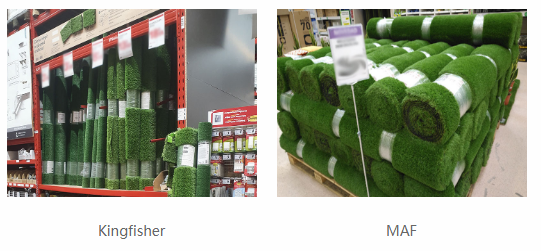
In conclusion, the art of selecting DIY Artificial Grass for savvy purchasing agents is a multifaceted process that involves a thorough understanding of the product's attributes, cost considerations, and environmental impacts. Whether you're considering Dtex, color, pile height, or evaluating the product's quality, it's evident that every detail matters in making the right choice. Moreover, embracing artificial grass aligns with sustainable sourcing goals, playing a significant role in water conservation, reducing chemical usage, and lowering carbon emissions. By understanding these crucial elements, you're not only ensuring the best value for your investments but also contributing to a greener and more sustainable world. So, here's to making informed, responsible choices with DIY Artificial Grass - because every detail matters when it comes to creating beautiful, sustainable landscapes!
- The Art of Selecting DIY Artificial Grass: For the Savvy Purchasing Agent
- Easy Maintenance Tips for Your Artificial Turf
- Synthetic Turf and Rugby - A Quicker Game
- The First Domestic Overall Solution of Intelligent Football Field
- Synthetic turf in Italian Football
- Artificial Grass In Africa
- Tennis and Synthetic Turf: The Future?






